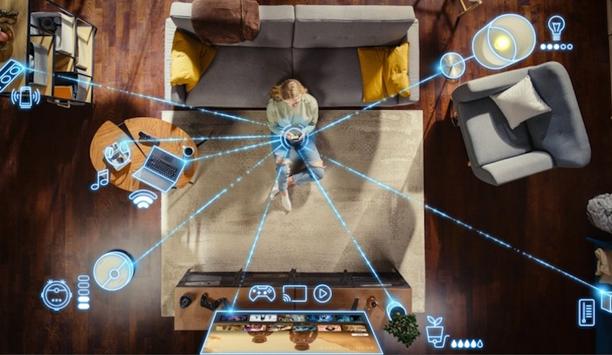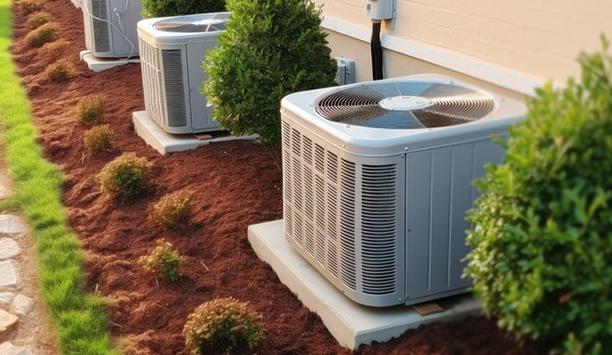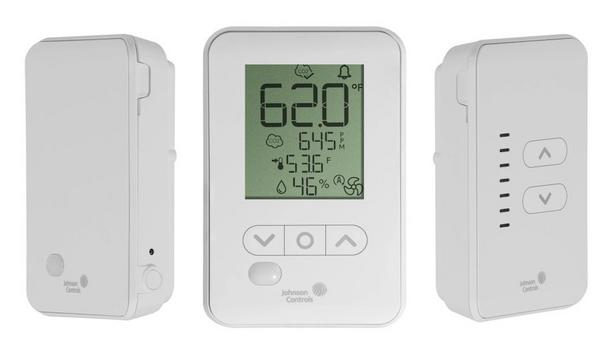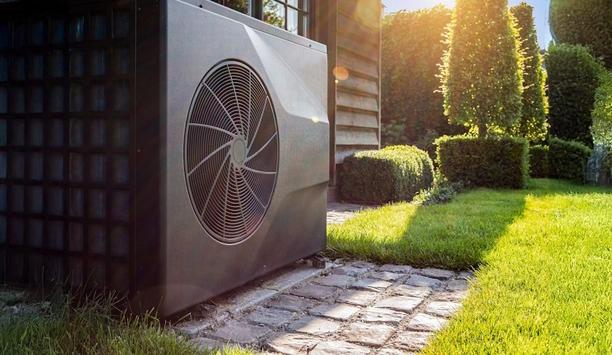Data-driven control of centralized home and building HVAC systems is helping to minimize energy usage, lessen sustainability concerns, and provide greater levels of comfort for lower costs. However, room air conditioners are globally the fastest growing segment, each operating independently with the aid of a remote control. How can the lessons and capabilities of data-driven control systems be applied to the world of room air conditioners?
Sensibo is looking to do just that. Sensibo aims to be the brains of an indoor climate system, using data to provide the best comfort, energy efficiency and air quality to every home and office. The company’s systems connect to ACs and may be remote-controlled via a mobile app, along with full integration with Google Assistant, Alexa, Siri, and Apple HomeKit.
HVAC systems
The backgrounds of Sensibo founders Ran Roth and Omer Inbar are not in the HVAC market. Coming from the world of data and artificial intelligence (AI), they were looking for an industry that could benefit from data more than it was. Constituting a quarter to a third of the energy used by humanity and representing substantial sustainability challenges, the HVAC market had the potential to benefit greatly from an approach using data, computational power, and machine learning.
Computational power to leverage the data points into knowledge of how to control the HVAC systems
In fact, Ran Roth, Sensibo’s CEO and co-founder, says there were two major elements previously missing from how HVAC systems were controlled. The missing elements were data points, provided by various sensors and other information, and computational power to leverage the data points into knowledge of how to control the HVAC systems. “The combination of computation power in the cloud and more data from systems can save a lot of energy, 20% on average,” says Roth.
Sensibo control systems
Emerging control systems such as Nest, Ecobee, and Emerson’s Sensi provide high levels of control for centralized HVAC systems, but what about the 87% of systems that use room air conditioners? How can new technologies address this fastest-growing market segment? Sensibo’s low-power solution controls any room air conditioner that uses a remote control and is among the easiest systems to install for do-it-yourself homeowners. Some 99% of users install the units themselves.
Sensibo control systems communicate using the infrared remote-control protocols of the 30,000 or so available models of room air conditioners. The company mapped out more than 1,000 protocols used by various models, and “reverse-engineered” them to be controlled by the system, a process that took about three years. The technology is also compatible with variable refrigerant flow (VRF) and mini-split ductless systems – basically any system that uses a remote control.
Sensibo’s mobile application
Sensibo’s mobile application suggests recommendations based on a user’s behavior patterns
In the area of artificial intelligence (AI), Sensibo recently integrated OpenAI’s ChatGPT into its smart AC products. The advanced language model uses a deep learning architecture called transformers. For the first stage of integration, Sensibo’s mobile application suggests recommendations based on a user’s behavior patterns, such as an automated AC schedule based on the customer behavior of the user and climate react personal recommendations.
“Since we come from the field of AI, we are very excited about the recent developments (regarding ChatGPT),” says Roth. “There is a lot of hype, but there are also results beyond the hype. We were amazed by what it could do.”
Traditional approaches
Sensibo is using the new technology to fine-tune products and to improve how they process results, with more accuracy and better cost-effectiveness. “With Chat GPT, you get both good results, and you can understand why,” says Roth. The company expects to see additional uses for the technology over time. Traditional approaches to analyzing AC data require a lot of fine-tuning in terms of signal processes.
Advanced language models and other new technologies make it easier to develop a smart system at scale. “We can analyze data in new ways and come up with new answers and fewer customizations,” says Roth. “It’s a game changer.”
Environmental elements
Sensibo collects more than a billion data points a day from more than a million unique uses
Sensibo systems collect more than a billion data points a day from more than a million unique uses by customers. The resulting data, including factors such as humidity and temperature, and air quality elements such as volatile organic compounds and carbon dioxide, enables computations that allow the system to control environmental elements more precisely. The system also considers factors such as local weather conditions based on geolocation, and presence sensors that let the system know if a home or room is occupied.
“We found that around 37% of people use a totally incorrect temperature on (their thermostat setting),” says Roth. “Because of various circumstances they may never reach the target temperature and then you spend more and more energy in an ineffective way.” The system also analyzes air quality indoors versus outside and may advise a user to open a window for greater ventilation, for example.
Sensibo’s technology
Interfaces and notifications are provided through a smartphone, and the system’s application programming interface (API) enables integration with 100 home automation systems and with programs of utility companies, which might subsidize or pay for the unit. Directing power usage to non-peak hours, the system saves money for consumers and helps utility companies shift usage patterns to be the most cost-effective. “If a house is insulated, you can pre-cool before you arrive home from work (in a non-peak period) for less money,” says Roth. Sensibo’s technology is not compatible with smart thermostats.
Currently, Sensibo sells mostly through Amazon and the company website
Currently, Sensibo sells mostly through Amazon and the company website. They are looking to expand their distribution in big-box stores and to work with professional HVAC installers and trade distribution. “It’s a product people love,” says Roth, who urges interested HVAC installers to contact the company through their website.
Customer Involvement
A benefit of the product is greater customer involvement in how their AC system operates. They might use the app several times a day, which provides greater potential to connect and, possibly, more service and maintenance opportunities for HVAC professionals.
“Part of our philosophy is that indoor climate is not just about heating and cooling,” says Roth. “The gases around us are more than just how we feel. We see air quality as part of the same system. Currently air quality systems are disconnected from the heating and cooling systems, but they should be the same systems.”






































